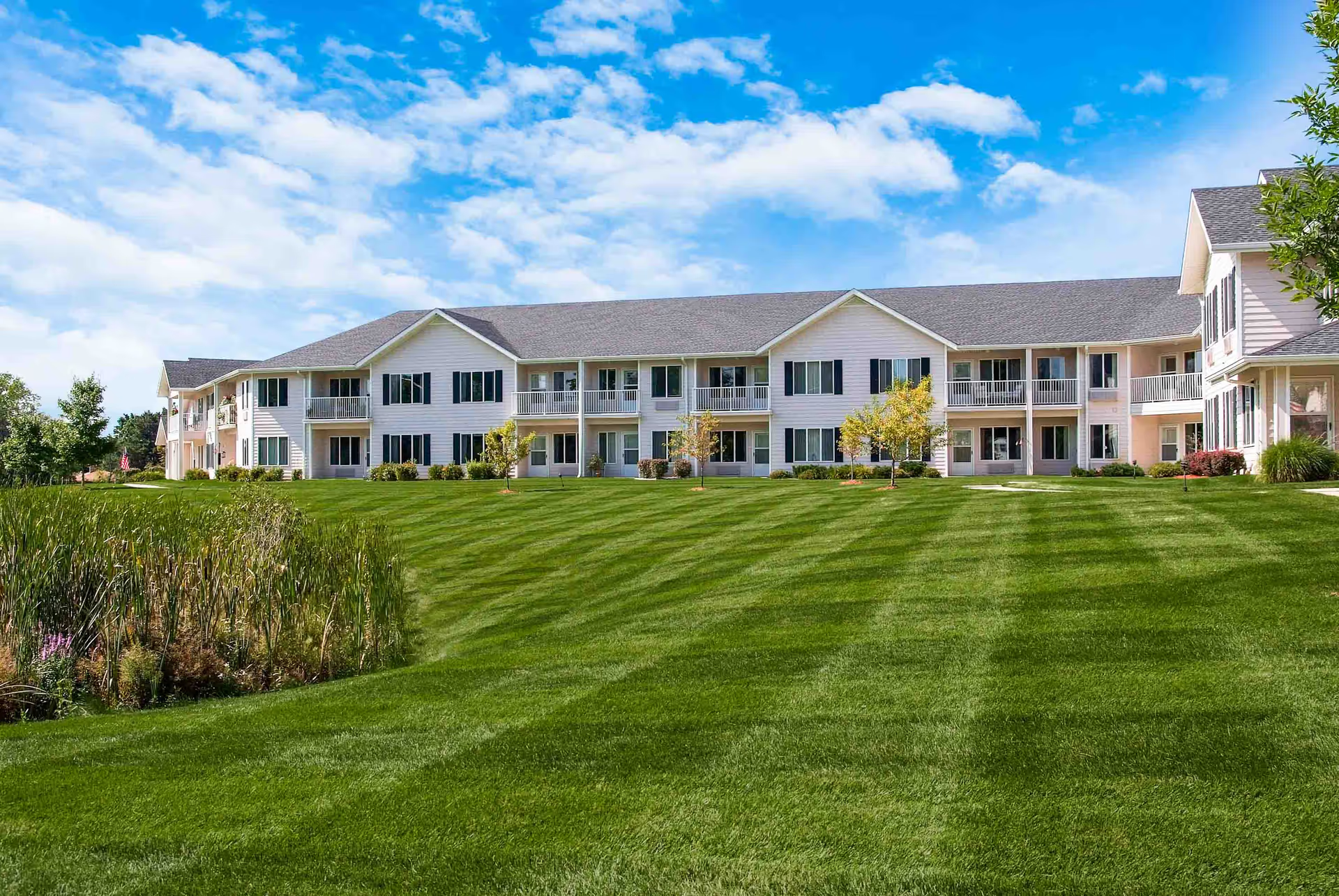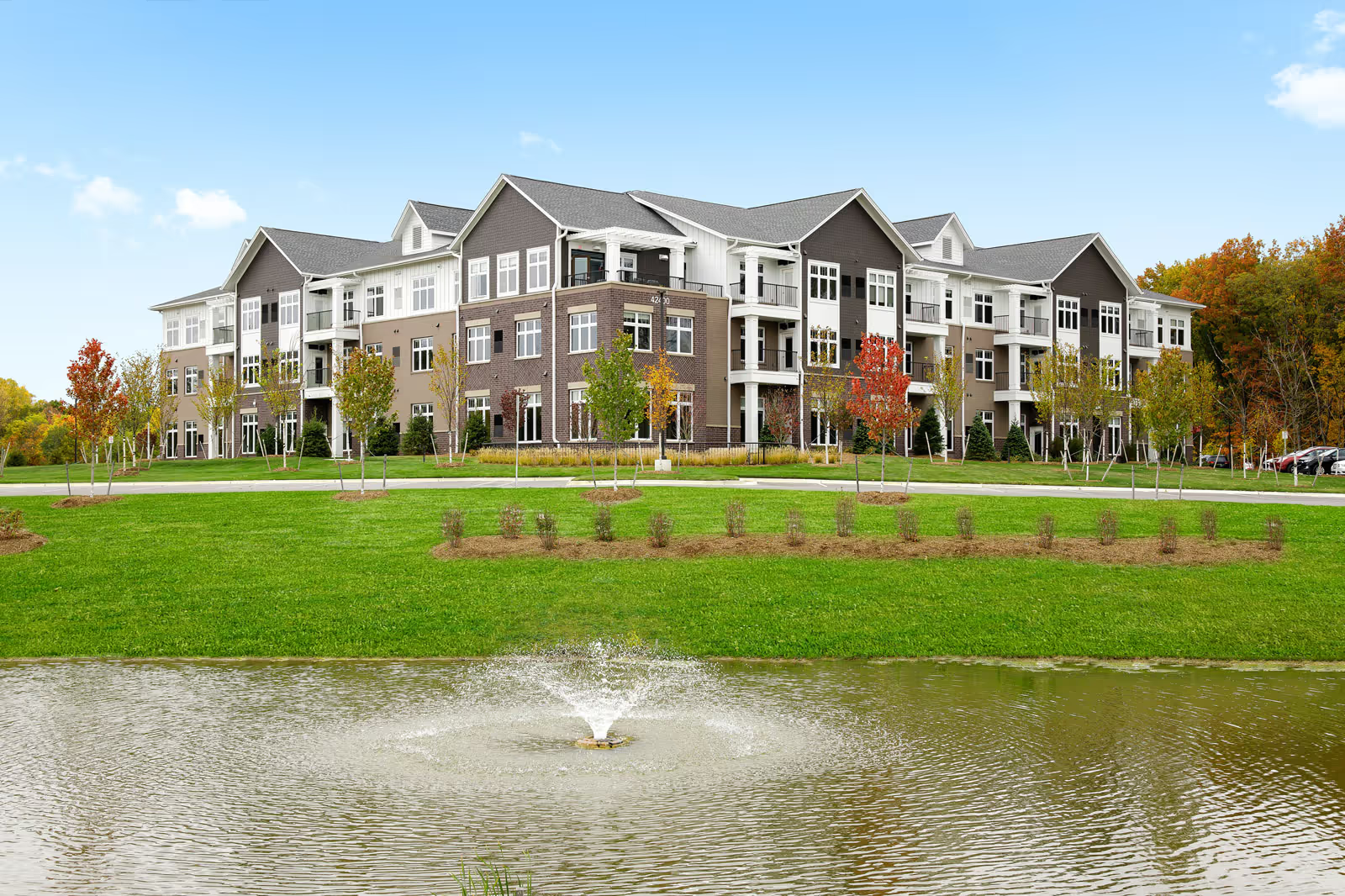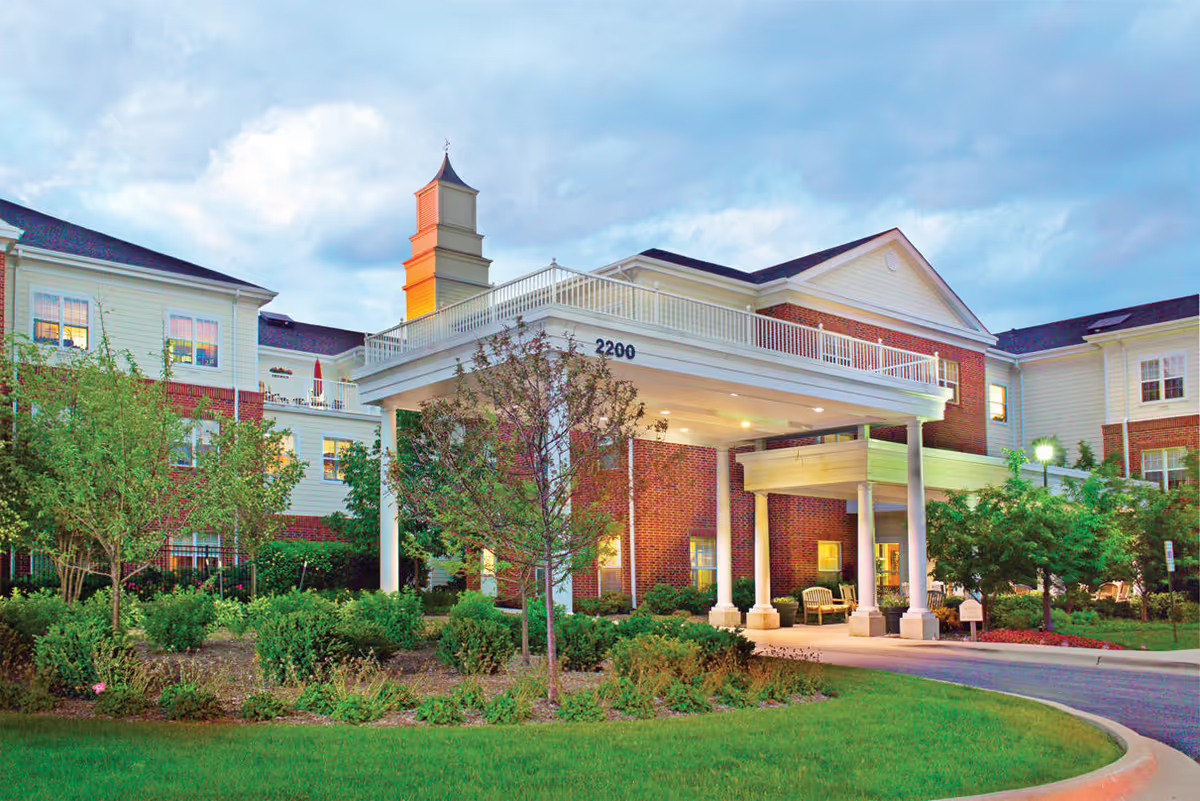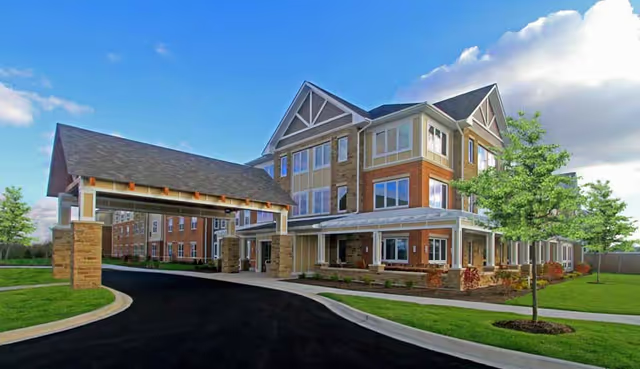Overall impression: Reviews for Albany Health and Rehabilitation Center present a sharply mixed picture with strong polarization between highly positive experiences and serious negative reports. A large number of reviewers praise the facility’s rehabilitation services, many individual staff members, and the small, home-like environment. Simultaneously, there are multiple reports describing significant lapses in clinical care, poor dining services, communication failures, and troubling management or cultural issues. The cumulative effect is a facility where outcomes and resident experiences vary considerably depending on unit, shift, or individual caregiver.
Care quality and clinical concerns: Rehabilitation and therapy are repeatedly highlighted as strengths. Several reviewers explicitly credited the therapy team with successful rehab-to-home transitions and said they returned to the facility for further care because of the positive clinical outcomes. However, serious clinical concerns were also reported: delayed or missed medication administration, misrecorded weights, unexplained weight loss, and missing blood sugar checks. Multiple accounts describe residents’ health worsening or becoming depressed while at the facility. There are also allegations of neglect, unsanitary conditions, and poor overall care management in some cases. These clinical issues appear inconsistent—some residents receive attentive and effective care while others experience lapses with potentially significant consequences.
Staff behavior, morale, and leadership: A clear pattern emerges of two contrasting staff portraits. Many reviews emphasize friendly, caring, attentive staff who go out of their way to keep residents comfortable and engaged; reviewers describe staff as compassionate, professional, and like family. Conversely, several reviews describe a toxic work environment: reports of management yelling at employees, nurses speaking poorly of aides, lack of professionalism, and staff who are rude or lack empathy. These negative cultural signals connect to complaints about disrespectful leadership and poor teamwork, which reviewers link to reduced quality of care. Thus, staff competence and demeanor are frequently praised but, in enough instances, are seriously criticized; leadership and workplace culture may be critical factors driving this variation.
Management, communication, and administrative issues: While some reviewers praise management for going above and beyond, others report poor communication, failures to inform families (including critical notifications), and instances where residents or families felt pressured (including allegations concerning the sale of a resident’s home and abrupt hospice transfers). Response times and communication responsiveness are recurring complaints. These administrative and communication breakdowns amplify clinical concerns because families report being left uninformed or unable to get timely answers about their loved ones’ status.
Facilities, cleanliness, and amenities: Several reviewers describe the facility as clean, secure, and small-town or home-like, which contributes positively to resident comfort. Nonetheless, there are counter-reports alleging unsanitary conditions and specific maintenance problems like broken doors. Room amenities are occasionally cited as lacking (for example, missing visitor chairs or insufficient in-room seating), indicating some inconsistency in room setup or attention to residents’ and visitors’ comfort. Maintenance staff did receive individual praise in places, showing that facility upkeep may be variable rather than uniformly poor.
Dining and nourishment: Dining is a frequent negative theme. Multiple reviewers complained about poor food quality, meals arriving late or not at all, items being spoiled or tasteless, and specific dislikes (e.g., issues with egg preparation). Nutritional monitoring issues (missing blood sugar checks, weight loss, and misrecorded weights) exacerbate concerns about dining and clinical oversight. Positive comments about cleanliness or general care are often tempered by dissatisfaction with meals.
Safety, infection control, and notable incidents: Some reviewers reported COVID-19 outbreaks and linked them to perceived lapses in infection control or care management. There are also reports of serious care breakdowns culminating in hospice transfers and family distress. Such incidents, combined with allegations of neglect and poor communication, are significant red flags for potential residents and families.
Overall pattern and takeaway: The reviews depict a facility with strong pockets of excellence—especially in therapy and among many frontline caregivers—but also recurring, serious problems in clinical oversight, dining services, communication, leadership, and consistency of care. Experiences appear highly dependent on specific staff members, shifts, and possibly units. Families and prospective residents should be aware of this variability: many residents thrive and receive compassionate rehabilitation and long-term care, while others report neglect, poor monitoring, or management and cultural issues that negatively affect care. The most frequently cited strengths are the therapy team, individual caregivers’ compassion, and a home-like atmosphere; the most serious and repetitive concerns center on medication and monitoring lapses, food quality and delivery, communication failures, and toxic leadership or staff mistreatment.







